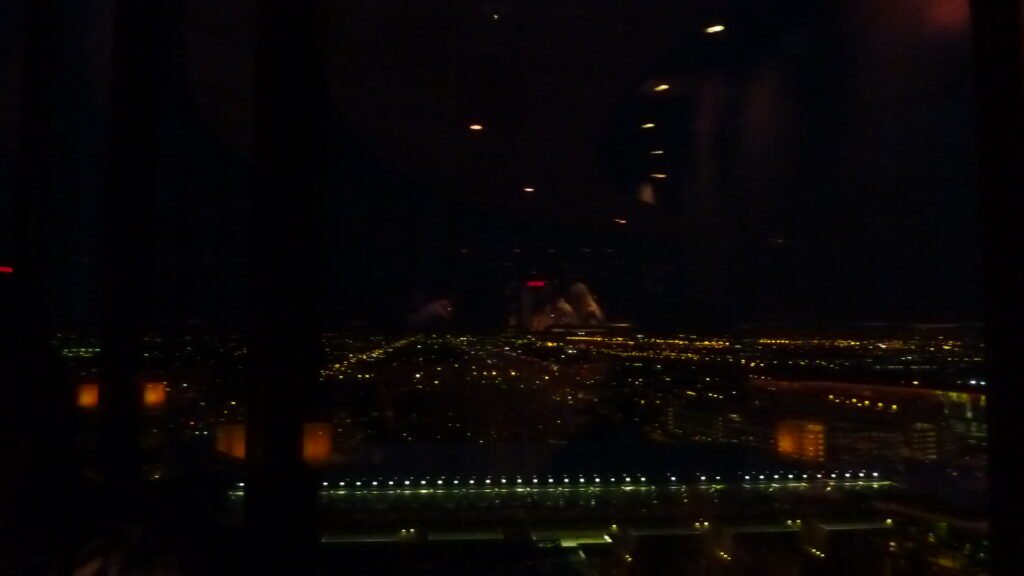On a warm March night in 1997, something extraordinary lit up the Arizona sky—something that would burn itself into the memories of thousands and ignite debates that still smolder to this day. The Phoenix Lights weren’t just a handful of mysterious blips on a radar. They were a jaw-dropping, citywide spectacle witnessed by people from all walks of life: families, police officers, pilots, and even the governor. How could so many people see the same thing and still walk away with different stories? The Phoenix Lights have become more than just a UFO sighting; they’re a modern legend, a riddle that refuses to be solved, and a powerful reminder of how the unknown can bring us together, if only for a moment of shared awe.
The Night That Changed Everything

March 13, 1997, started off as just another Thursday evening in Phoenix. People were grilling in backyards, kids played basketball in cul-de-sacs, and the city buzzed with its usual energy. But as darkness settled, something strange began to unfold. Around 7:30 pm, a string of lights appeared in the sky, moving in a silent, coordinated formation. Eyewitnesses described the lights as hovering or gliding, eerily quiet, and impossibly large. Panic and excitement rippled through neighborhoods as phones lit up with calls to police and radio stations. This wasn’t just a glimpse. It was a slow, deliberate show for all to see, transforming an ordinary night into an unforgettable chapter of American folklore.
Eyewitness Testimonies: Ordinary People, Extraordinary Claims

What makes the Phoenix Lights so compelling isn’t just the number of witnesses—it’s the diversity among them. Young children, retired teachers, off-duty police officers, and even commercial airline pilots reported seeing the same strange spectacle. Many described an enormous, V-shaped craft that seemed almost transparent, blotting out the stars as it glided silently overhead. Others talked about orbs of light, glowing with a warm, amber hue. The sheer volume and consistency of these testimonies make it hard to dismiss the event as a simple misunderstanding. Some witnesses still speak about that night with awe, fear, or wonder, their lives forever changed by what they saw.
The Shape and Formation of the Lights
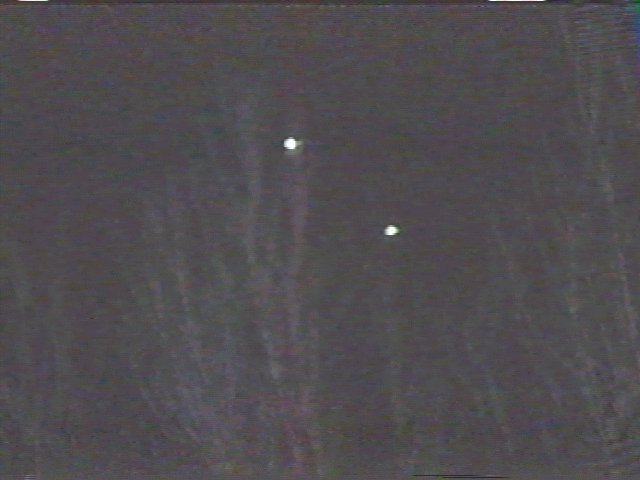
Descriptions of the Phoenix Lights almost always mention a massive, V-shaped formation. Witnesses estimated the craft to be as large as several football fields, stretching across the night sky. The lights themselves were usually reported as five or seven bright orbs, spaced evenly in a chevron or boomerang pattern. Some said the lights flickered softly, while others insisted they remained constant and steady. The formation seemed to move in unison, as if attached to a solid, invisible structure. The size and precision of the lights led many to question whether any known aircraft could match what they saw. The sense of scale was overwhelming, leaving viewers feeling both small and electrified by the mystery above.
Radar and Official Response

As reports poured in, local authorities and the US military were pressed for answers. Surprisingly, most radar data from that night showed nothing unusual—no large aircraft, no hostile incursion, and nothing that matched the descriptions provided by hundreds of witnesses. The Phoenix Police Department fielded countless calls, while nearby Luke Air Force Base initially denied any involvement. Officials scrambled to calm the public, but their lack of concrete answers only fueled speculation. This silence from official sources led to frustration, skepticism, and, for some, the sense that something was being hidden from the public eye.
Governor Fife Symington’s Controversial Involvement
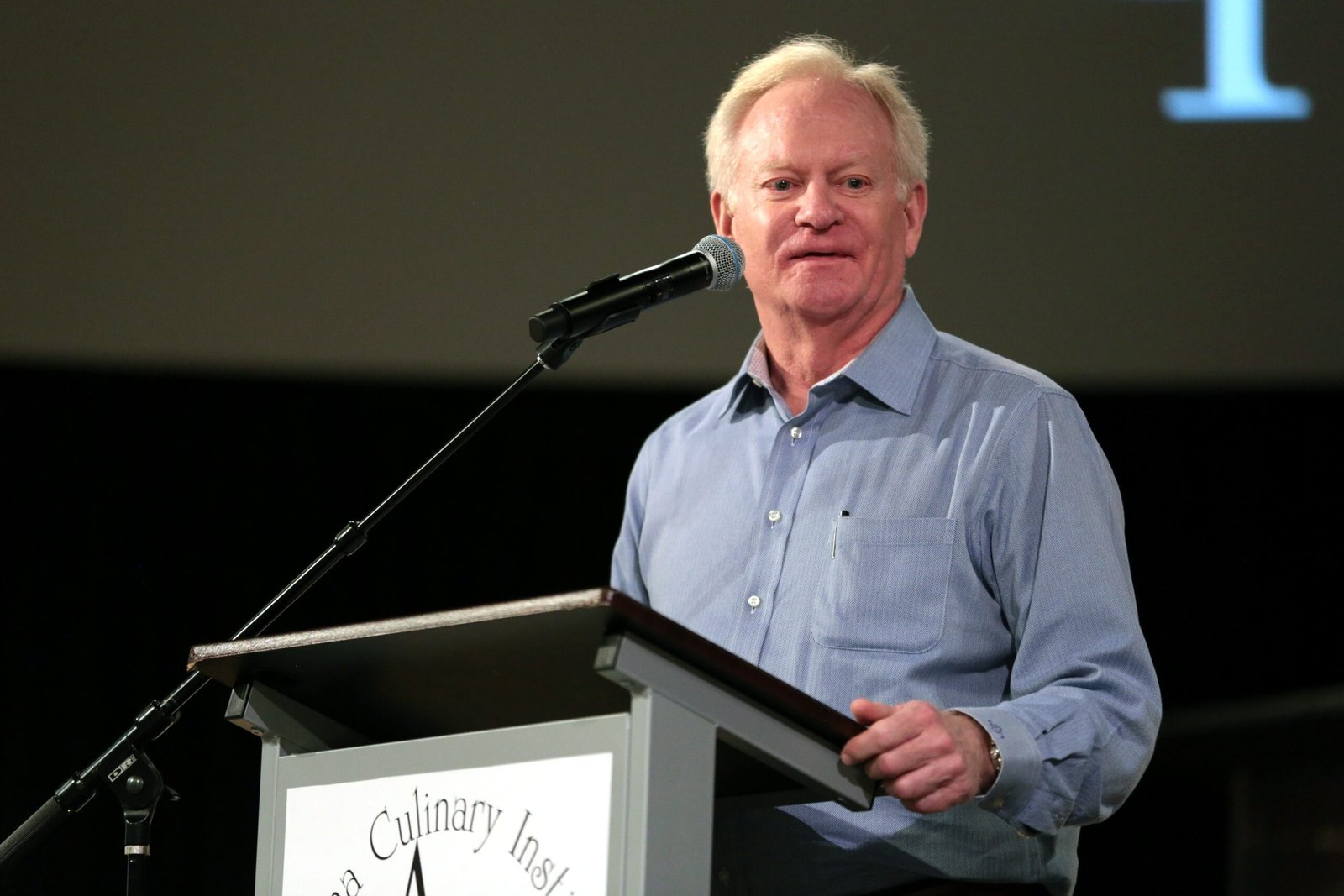
One of the most dramatic twists in the Phoenix Lights saga came from then-Governor Fife Symington. The day after the incident, Symington held a press conference where he jokingly presented an aide dressed as an alien, poking fun at the UFO hysteria. Many saw this as a way to defuse panic, but others felt it belittled the genuine experiences of thousands. Years later, Symington admitted in interviews that he had actually witnessed the phenomenon himself and believed it to be something otherworldly. His change of heart reignited public interest and lent credibility to those who had been dismissed or ridiculed for their accounts.
The Military Flare Explanation

Within days of the sighting, the US Air Force announced that the lights were nothing more than flares dropped during a training exercise at the Barry Goldwater Range. According to this explanation, A-10 Warthog aircraft released flares that slowly descended, creating the illusion of a massive craft. This theory satisfied some skeptics but left many unconvinced. The lack of sound, the slow movement, and the sheer size of the formation didn’t match what witnesses described. For many Arizonans, the flare explanation felt like a neat answer to a messy mystery—one that didn’t quite fit all the facts.
Media Frenzy and Public Reaction
The Phoenix Lights quickly became a media sensation, with local news stations, talk radio, and even national outlets scrambling to cover the story. Interviews with eyewitnesses were broadcast across the country, and the event was dissected on television specials and documentaries. Public reaction was a mix of fascination, skepticism, and fear. Water cooler conversations buzzed with theories, ranging from secret military craft to visitors from distant galaxies. The event sparked heated debates between believers and debunkers, turning Phoenix into ground zero for America’s UFO obsession.
Science Steps In: Astronomers and Skeptics Weigh In
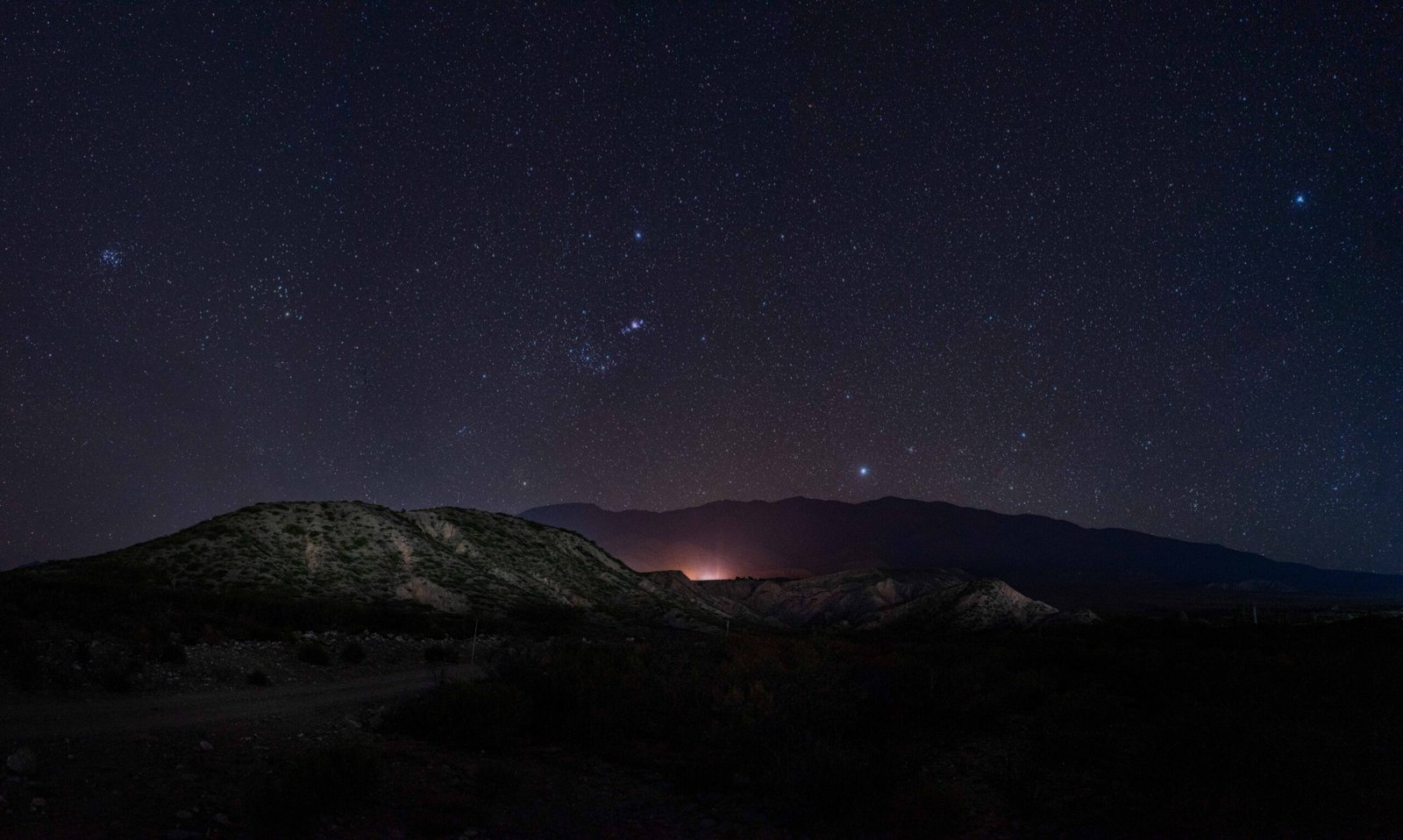
Scientists and astronomers were quick to offer rational explanations for the lights. Many pointed to atmospheric phenomena, misidentified aircraft, or even meteors as possible culprits. The flare theory gained traction among skeptics, who highlighted how military exercises could produce bright, lingering lights. Yet, astronomers also acknowledged that the event was unusual in its scale and duration. Some even admitted that while there were plausible explanations, the Phoenix Lights defied easy categorization. The scientific debate underscored just how difficult it is to untangle mystery from misperception when so many people see something so strange at once.
Psychological Impact on Witnesses
For many who saw the Phoenix Lights, the experience was more than just a curiosity—it was transformative. Some witnesses reported feeling a sense of awe or wonder, while others struggled with anxiety or disbelief. A few even recounted nightmares or obsessive thoughts long after the event. Psychologists suggest that witnessing something unexplained can challenge our understanding of reality, forcing us to question what we know and what we believe is possible. The emotional impact of the Phoenix Lights remains a powerful testament to the event’s lasting grip on the human imagination.
UFO Culture and the Phoenix Lights Legacy

The Phoenix Lights didn’t just leave an imprint on those who saw them; they also became a touchstone for American UFO culture. The event inspired books, documentaries, and countless online forums where believers and skeptics argue to this day. It even sparked annual festivals and skywatching parties in Phoenix, drawing enthusiasts from around the world. The story of the lights has become a symbol of the unknown—a modern myth that invites us to keep looking up and wondering what else might be out there. The Phoenix Lights are now woven into the fabric of UFO lore, sitting alongside classics like Roswell and Area 51.
Modern Technology and Re-examining the Evidence
In the years since 1997, advances in video analysis and image enhancement have allowed experts to take a fresh look at the evidence. New tools have helped clarify grainy home videos and synchronize different eyewitness accounts. Some researchers claim that enhanced footage supports the flare theory, while others argue it reveals an object of unknown origin. The debate continues online, fueled by YouTube sleuths and amateur astronomers alike. Technology has made it easier to analyze the past, but the mystery of the Phoenix Lights remains as tantalizing as ever.
Comparisons to Other UFO Sightings

The Phoenix Lights stand out not just for their scale, but for the consistency of the reports. Unlike many UFO cases that rely on a handful of witnesses, this event involved thousands. While other famous sightings like the Roswell incident or the Rendlesham Forest encounter are shrouded in secrecy or contradiction, the Phoenix Lights were a public, communal experience shared by an entire city. This makes the case unique in UFO history, setting a benchmark for what a “mass sighting” really means. The Phoenix Lights are often compared to these other incidents in documentaries and discussions, highlighting their special place in the UFO hall of fame.
The Role of Social Media and Internet Forums
Although the internet was still young in 1997, forums and chat rooms quickly filled with firsthand accounts and wild theories. Today, the story lives on in social media groups, YouTube channels, and podcasts. People share their memories, post video clips, and debate the truth behind the lights. The Phoenix Lights have become a case study in how digital communities can keep a mystery alive, passing it along to new generations who never saw the event themselves. In a way, the internet has become the modern campfire, where stories of that night are retold again and again.
Government Secrecy and Conspiracy Theories
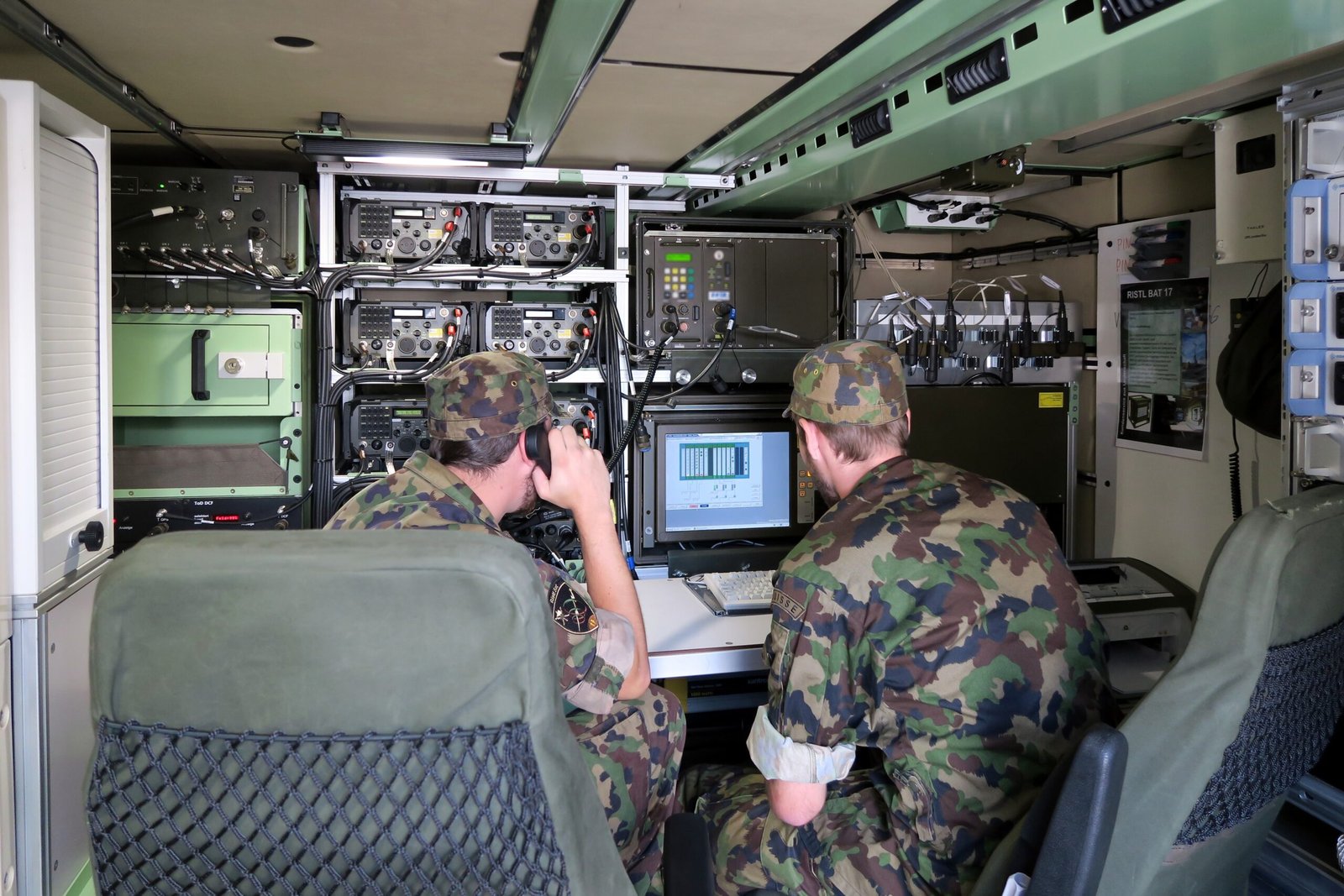
No UFO event would be complete without a dose of government intrigue. The lack of clear answers from the military and the initial denials only stoked suspicions of a cover-up. Some believe that the Phoenix Lights were a test flight for secret military technology, hidden under the veil of national security. Others are convinced that the government has proof of extraterrestrial contact and is deliberately keeping the truth from the public. These theories thrive in the absence of transparent information, making the Phoenix Lights a magnet for those who question official narratives.
Cultural Impact: Art, Movies, and Music

The Phoenix Lights have inspired a wave of creativity, from paintings and sculptures to indie films and pop songs. Artists have tried to capture the eerie beauty of the event, while filmmakers have woven it into science fiction plots. Local musicians reference the lights in their lyrics, turning a moment of mystery into a source of inspiration. For many, the Phoenix Lights are more than just a story—they’re a muse, pushing us to imagine what lies beyond the edge of our understanding.
Scientific Studies and Remaining Questions
Despite years of investigation, the Phoenix Lights have never been fully explained. Scientists continue to study the available data, analyzing everything from eyewitness sketches to atmospheric conditions. Some researchers have called for a more systematic approach to studying UFOs, arguing that events like the Phoenix Lights deserve serious, ongoing attention. The questions linger: What exactly did people see that night? Could it happen again? The lack of definitive answers keeps the scientific community engaged and the public endlessly curious.
Annual Phoenix Lights Events and Community Remembrance
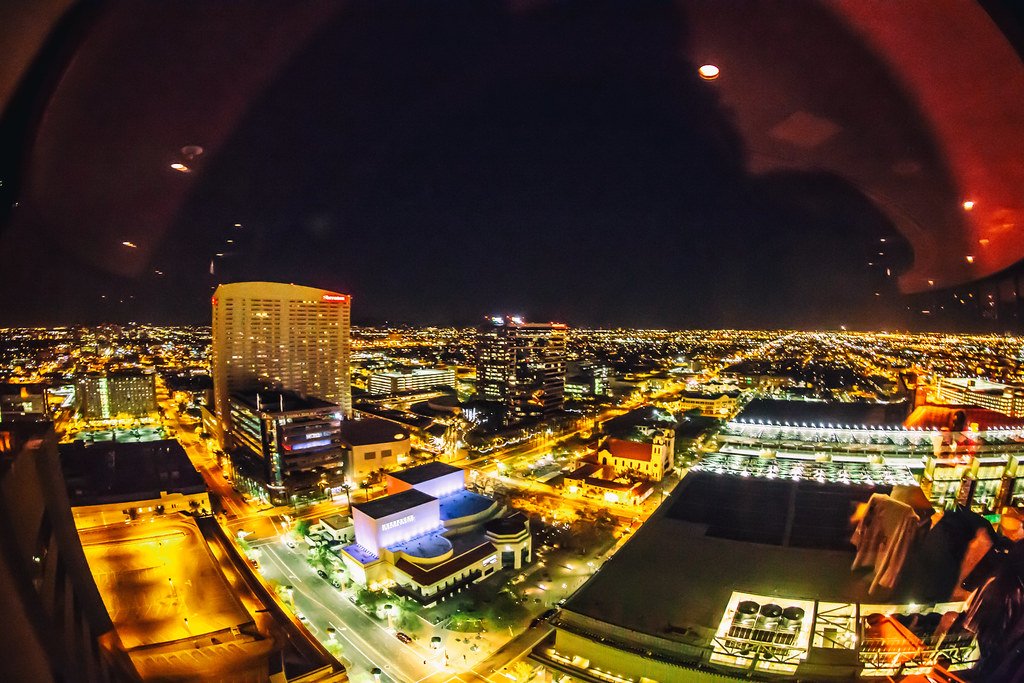
Every year, Phoenix hosts events to commemorate the anniversary of the lights. These gatherings bring together believers, skeptics, and the simply curious for panel discussions, film screenings, and skywatching parties. For many locals, it’s a chance to relive the excitement of that strange night and to share stories with those who weren’t there. The event has become a beloved part of the city’s identity, a reminder that sometimes, the greatest mysteries are the ones we all experience together.
What If: The Enduring Power of Wonder

The Phoenix Lights may never be fully explained, and that’s part of what makes them so powerful. They remind us that, even in a world of smartphones and satellites, there’s still room for wonder—still questions that make us look up at the night sky and ask, “What if?” The lights are a spark in the darkness, a shared secret between strangers, and a testament to the mysteries that surround us all.

